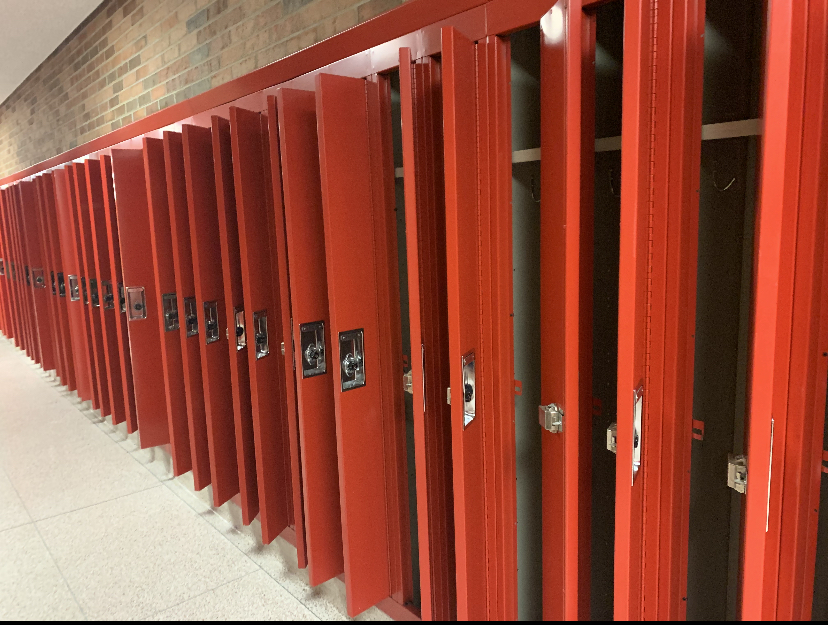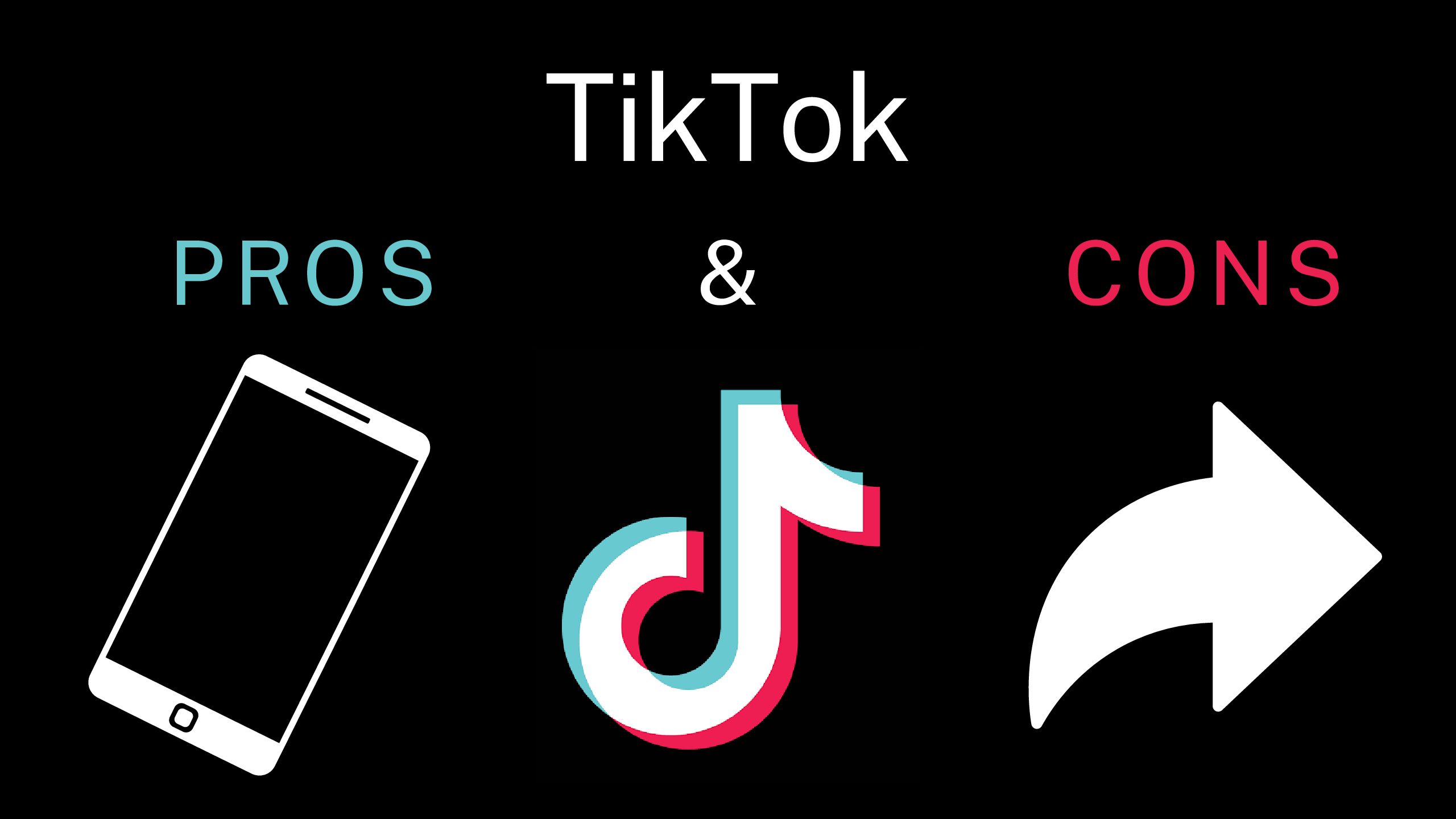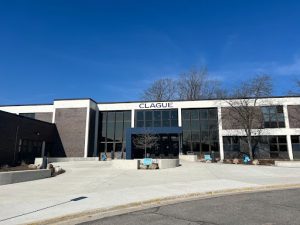COVID-19: Should schools reopen or not?
Courtesy of Newspaper Adviser: Sara Badalamente
0.13 percent of students and 0.24 percent of staff are likely to catch COVID-19
December 23, 2020
In the midst of the Covid-19 pandemic, tons of schools have been closed to stop the spread. Most students in the U.S. have started a wholly virtual school year using distance learning. However, recent data shows that reopening schools might not be that bad after all and I think that given a lot of speculation, research, and precautions, students could be able to go back to school soon.
Evidence from other countries suggest that reopening schools isn’t too risky as students aren’t likely to contract the virus. However, those pieces of evidence come from other countries that have different environments and rates than U.S. schools so it’s hard to say that the U.S. should reopen schools just because countries like Sweden are doing so as they can’t be compared.
However, research inside this country indicates that contraction rates in schools here are also very low. Professor Emily Oster, a researcher for Brown University has made a database pertaining to how likely students and staff are to get Covid-19. According to her data, 0.13 percent of students and 0.24 percent of staff are likely to catch Covid-19. That’s a pretty low percentage.
Plus, Covid isn’t really fatal for kids. Only 74 deaths of Covid so far have been children under the age of fifteen. Kids 19 years or younger take up 1.2 percent of all hospitalizations for Covid-19. These are shockingly low statistics. In the 2019-2020 flu season, the CDC estimated that 434 children under 18 died of the flu. So how come we shut down school over Covid which isn’t half as deadly as the flu? We don’t close schools over the flu do we? So it seems kind of unreasonable to shut down schools over a virus that’s far less deadly to kids than the flu.
Another possible reason why schools should open is that staying home and coping with distance learning is taking a toll on families of low income. According to the NY Times, about 30 percent of Indigenous families and about 20 percent of Black and Latino families do not have access to the internet or have it only through a smartphone which makes distance learning quite the struggle for families that can’t afford or easily access the resources needed for distance learning. You could say that reopening schools would benefit students that come from families of low annual incomes. However, school districts like AAPS have been supplying families with chromebooks, headphones, art supplies, etc so all students can have a means of learning online.
However, there is a risk to school reopening. Others would counter and say that there still is a risk for schools reopening. We aren’t taking into consideration the fact that the students that get the virus could spread it to fellow students or family members. True, any risk can be quite dangerous no matter how small. Experts say that the virus has more chances of infecting more people if it’s in a school, where students are kept in enclosed spaces and quite possibly, reopening schools at this time might not be the most pragmatic decision given our current circumstance.
Another piece of reasoning supporting why distance learning is feasible and not the worst is because so far, distance learning hasn’t been that bad. Sure, it’s inconvenient with the glitches and faulty internet connection, but in terms of schooling and lessons, the teachers at AAPS have everything they need under control. Students do manage to learn, do assessments, and take tests which aren’t too different compared to normal schooling. Is distance learning that bad then?
Then there’s the wide-believed argument of “it’ll be okay if students socially distance and wear masks during in-person school”. Yes, I believe that that could be useful in the future. Given our current predicament and the governor’s orders to have all students go back to virtual learning, I don’t think we’ll be doing that in a while. Still, I think that at one point or another, schools will probably have to reopen for one reason or another.








Shun • Jan 3, 2021 at 3:27 pm
Good job, Jiajia!